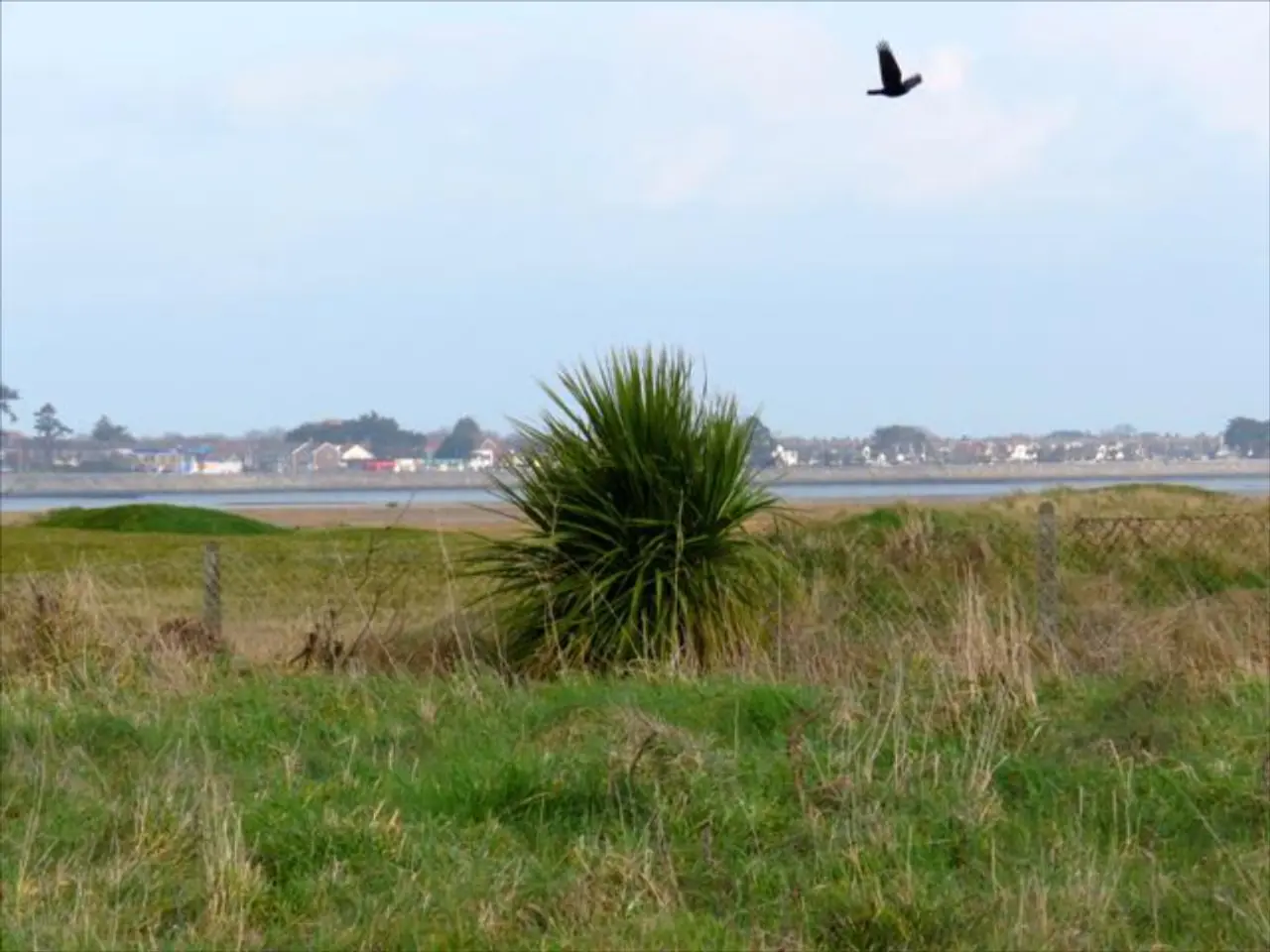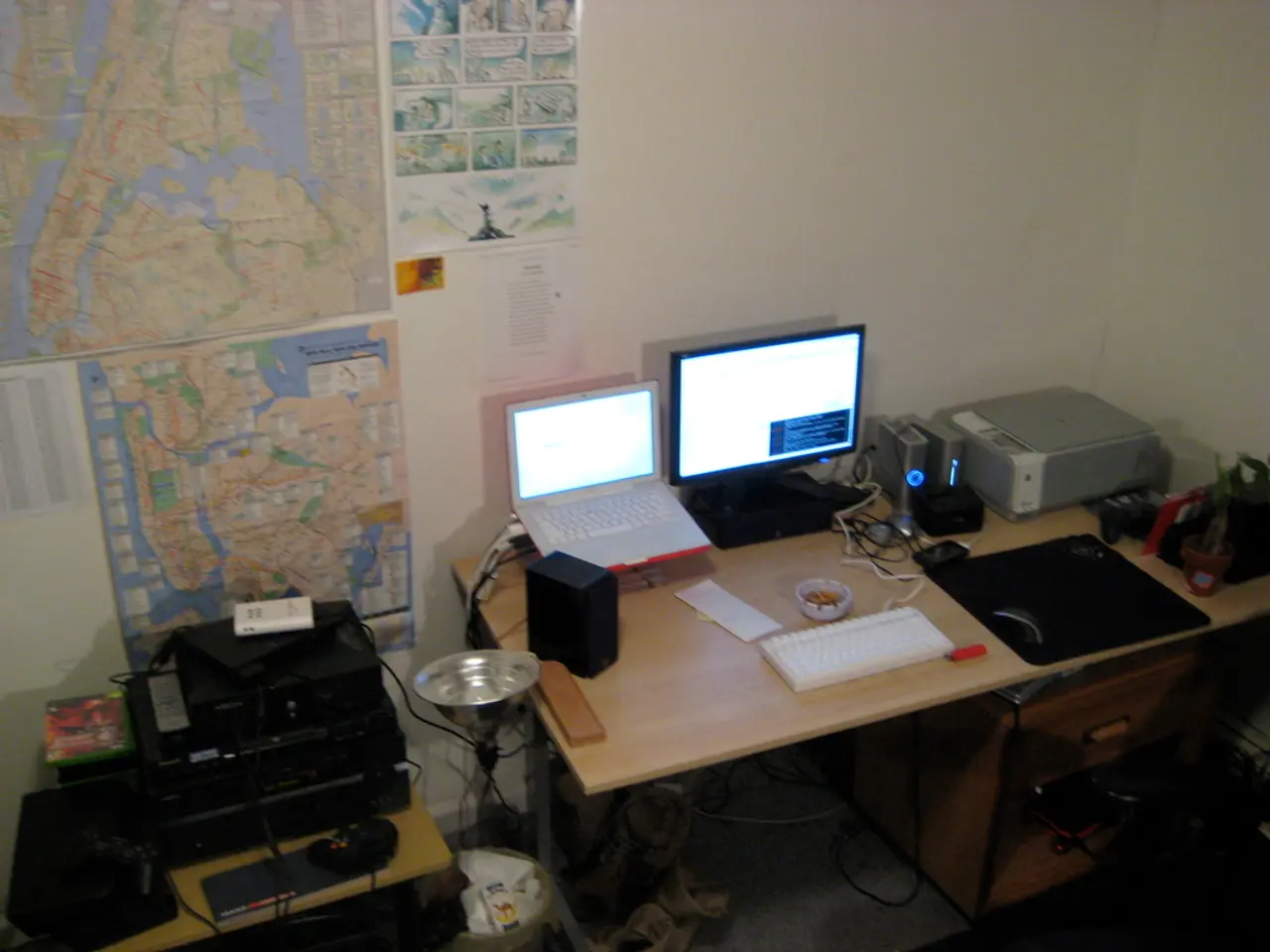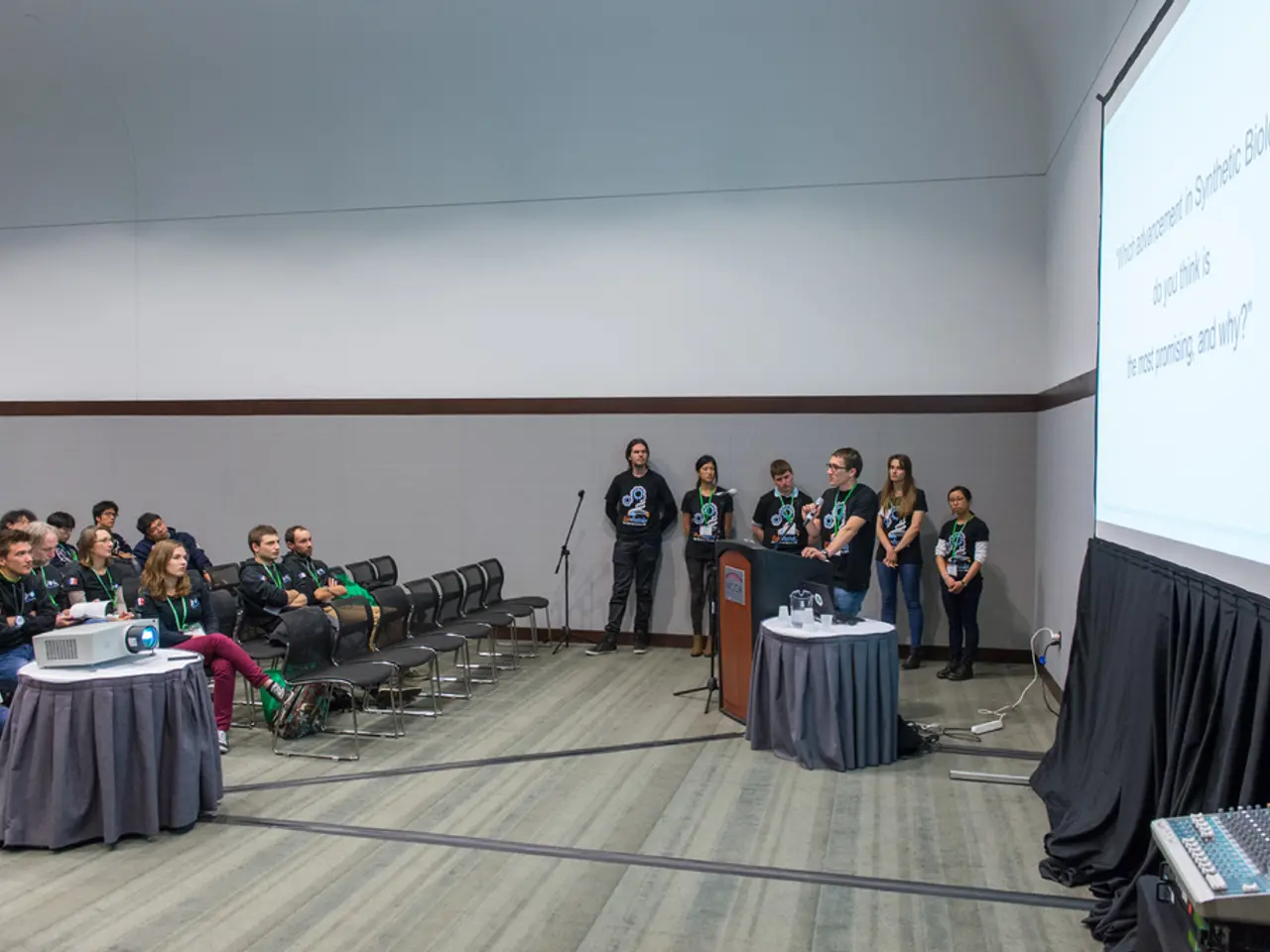Drone coverage essentials: ensuring your aerial device is protected
In the ever-growing world of drones, ensuring your flying gadget is protected from potential accidents and liabilities is crucial. Drone insurance policies are designed to offer tailored protection based on the drone's purpose, equipment value, flying risks, location, and regulatory requirements.
Common drone insurance coverage options typically include liability coverage, which protects against claims related to bodily injury, property damage, invasion of privacy (for camera-equipped drones), and legal defense or settlement fees. This is the most requested coverage type, essential if your drone causes damage or injury to others. Another essential coverage is hull insurance, which covers damage to your drone itself, including crashes, theft, water damage, flyaways, or fire.
For commercial operators, policies may also include public liability insurance, payload coverage, and legal defense. Payload coverage protects high-value attached equipment such as LIDAR, thermal cameras, or cinema gear, crucial for commercial or survey drones. Ground equipment insurance can cover the cost of repairing or replacing remote controllers, ground stations, cameras, or handheld GPS devices.
The type of drone use significantly determines the type of coverage needed. Recreational pilots might opt for basic coverage such as accidental damage and theft protection, while commercial operators usually require more comprehensive policies. The cost and sophistication of the drone and its payload influence the need for hull and payload coverages to protect expensive gear.
Activities like FPV (first-person view) freestyle flying or racing carry higher accident and loss risks, prompting specialized insurance packages that cover crashes and third-party damages. Policies may need worldwide flying endorsements if drones are flown internationally or in different jurisdictions. Compliance with local drone insurance regulations affects coverage selection, especially for commercial drone operations.
It is prudent to have drone insurance if you use your drone commercially. In some territories in the USA, such as San Diego County in California and Boulder County in Colorado, drone insurance is required for commercial operations. Medical expenses caused by bodily injury due to a drone can be partially or completely covered by the policy, with the amount of coverage adjustable through premiums.
While drone insurance is not federally mandated, some state parks only allow insured pilots to fly drones, such as in Arkansas or Maine. For high-risk commercial drone uses, like inspection of critical infrastructure, drone mapping of dense urban areas, emergency response, news coverage, or event photography in crowded places, liability coverage of $3 million to $5 million is required.
For recreational drone pilots, minimal liability coverage of about $500,000 is sufficient, assuming the drone will be flown in wide-open spaces away from crowds and critical infrastructure. It is possible to get drone insurance even if you fly a drone owned by someone else, but the policy might not cover certain items if the insurance holder is not operating the drone.
In summary, drone insurance policies are tailored based on the drone's purpose (commercial vs recreational), equipment value, flying risks, location, and regulatory requirements, with common coverage options addressing liability, physical damage, payload, and additional risks like theft or cyber threats. It is essential to carefully consider the coverage options and choose a policy that best suits your needs to ensure peace of mind while enjoying your drone adventures.
- For commercial drone operators, having insurance policies is important as they often provide coverage for liabilities related to bodily injury, property damage, and high-value attached equipment like LIDAR or cinema gear, as well as legal defense.
- When flying a drone recreationally, it is advisable to have at least minimal liability coverage such as accidental damage and theft protection, especially when operating away from crowds and critical infrastructure, as this ensures peace of mind during your drone adventures.




